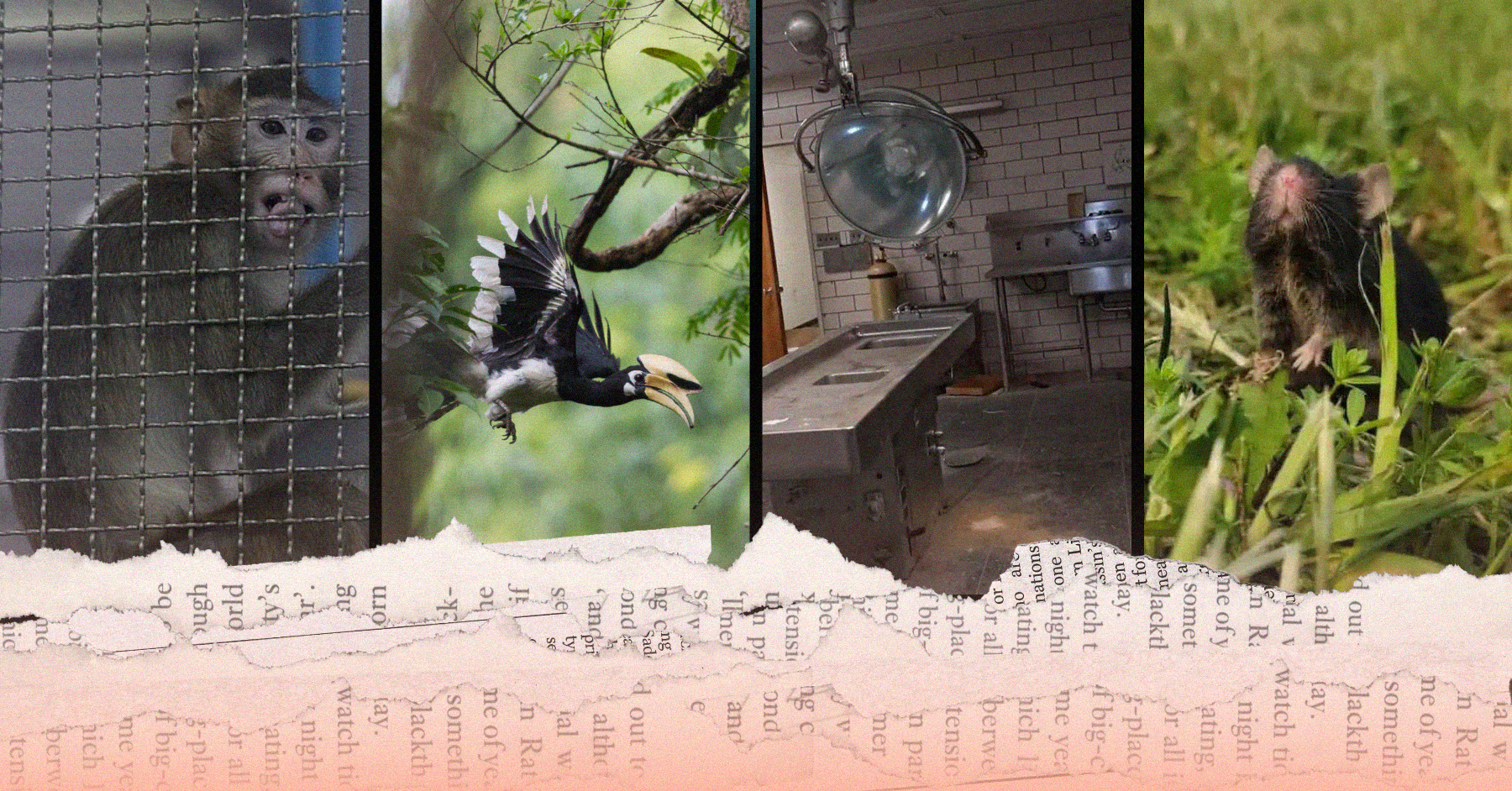
Here’s a roundup of this week’s biggest news stories related to animal research—all the recent media coverage you need to know right now to be the most effective activist for animals in labs.
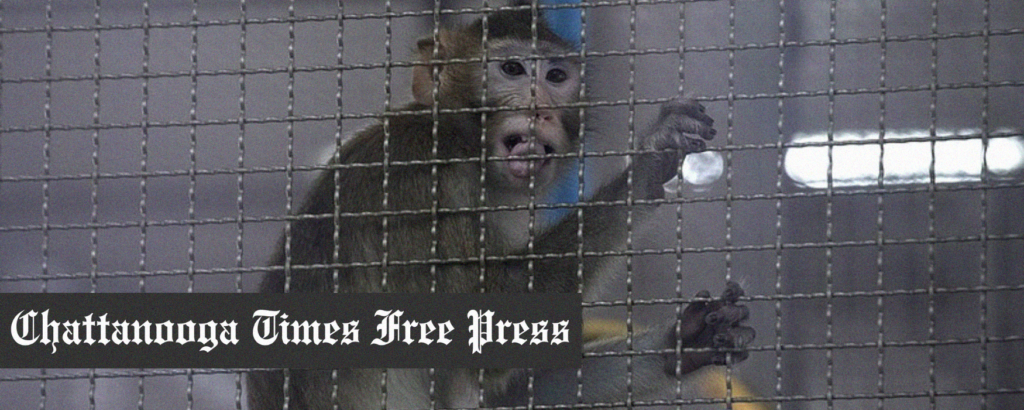
South Georgia Monkey-Breeding Project Sparks Legal Action Amid Outcry
Joe Kovac, Jr., 2/16/2024
“A court battle has begun amid public outcry in southwestern Georgia over the planned construction of what has been billed as the largest monkey-breeding facility in the country.”
“On Tuesday, Decatur County commissioners walked back an offer of millions of dollars in tax benefits for the facility. Then, hours later, the proposed facility’s owners filed a motion seeking a preliminary injunction in the matter.”
“‘Stop Monkey Farm!’ signs have sprung up. Public meetings have been jammed with opponents of the plan.”
“ . . . the commissioners’ latest move does not necessarily kill the project, but served notice that now ‘the county has made no promises’ of tax relief or other incentives. In a statement afterward, Safer Humane Medicine said it intends to ‘move forward’ with the project.” 📰 Full Story →
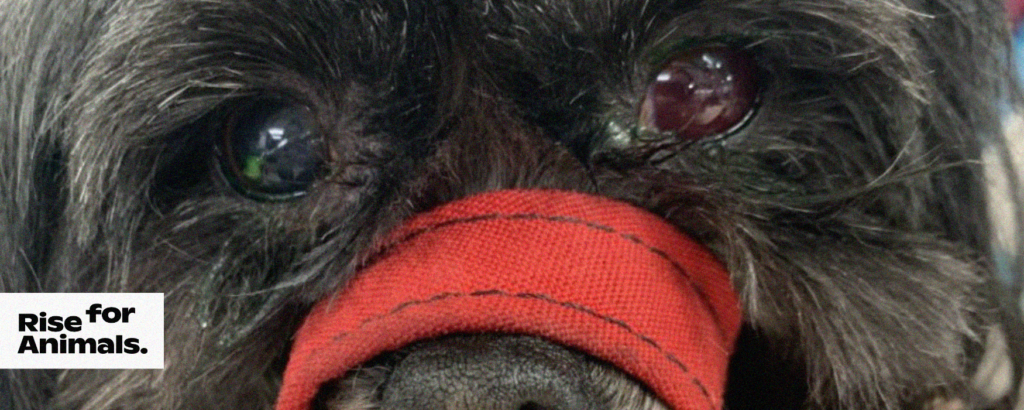
Animal Cruelty Is Legal (In a Laboratory)
Rise for Animals, 2/22/2024
Abused at the hands of her guardian, the breaking of Bella the Shih Tzu’s bones was deemed criminal cruelty. But, had she suffered such abuse in a laboratory, it would’ve been called “science”.
This week is National Justice Week for Animals Week, an annual event that encourages us to learn about “criminal cruelty” to animals and “how we can . . . vindicate the interests of animal cruelty victims.” As we join in celebrating this event, we cannot help but lament that, for those of us promoting justice by opposing vivisection, this week lays bare a tragic recognition: rather than “criminal”, the cruelty inflicted upon animals inside laboratories is legal (and often paid for by us). 📰 Full Story →
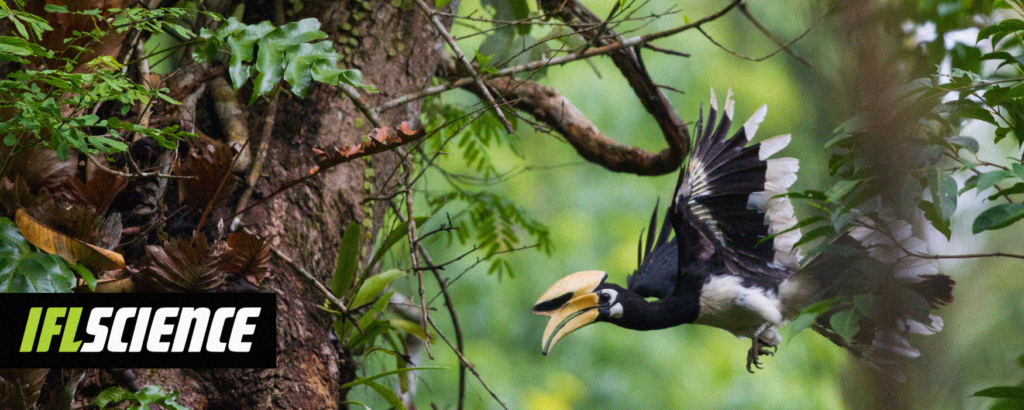
Oriental Hornbills Show Off Cognitive Skills That Rival Those of Apes
Maddy Chapman, 2/19/2024
“Forget the term bird brain, many bird species are actually famous for their intelligence. And while parrots and corvids get all the credit, another group of birds is joining the ranks.”
“The Oriental pied hornbill . . . impressed scientists with its ability to understand object permanence . . . ”
“These findings represent the first time a bird not in either the parrot or corvid families has displayed object permanence levels that are comparable to apes.” 📰🎥 Full Story →
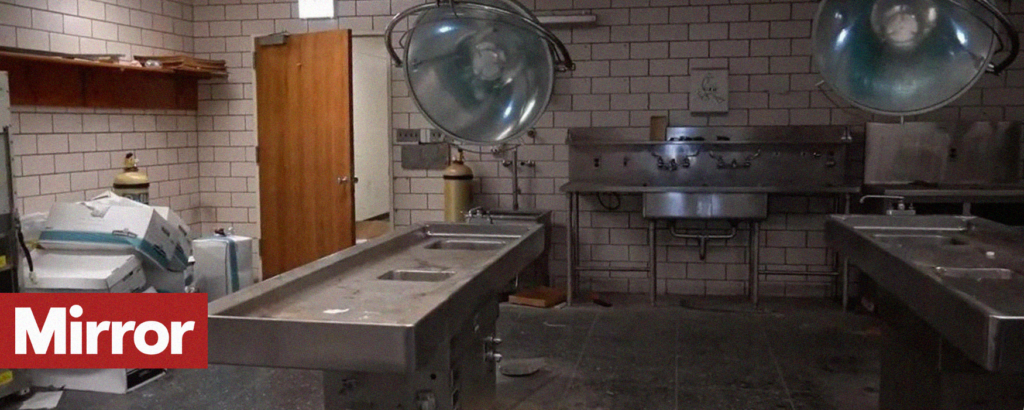
Stomach Churning Moment Urban Explorer Finds Remains at Abandoned Animal Testing Facility
Graeme Murray, 2/18/2024
“An urban explorer has revealed her latest shocking discovery – an abandoned animal testing facility, where she found horrifying old specimens including monkey brains, and the disused autopsy theater.”
“‘Many people know the horrors behind animal testing but it felt especially strange to be getting an inside look at what was happening here. It felt haunting seeing and envisioning all the animals, including dogs, cats, pigs, mice and more, being kept in this environment.’” 📰 Full Story →
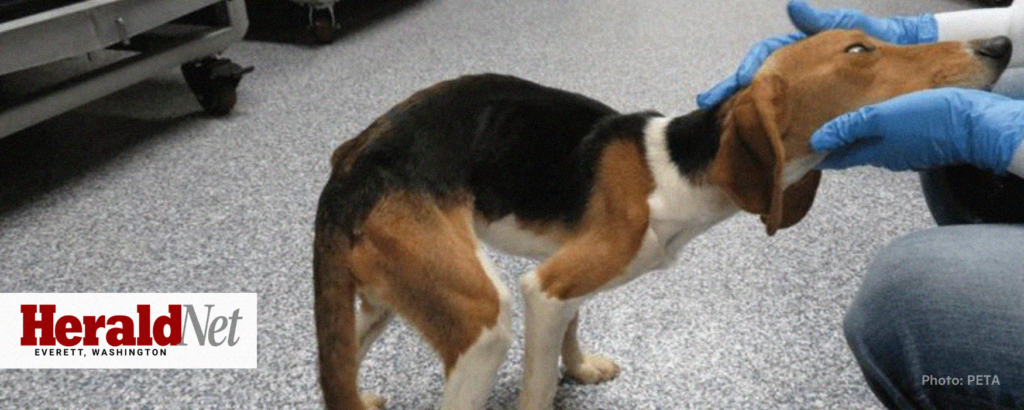
Feds Fine Everett Test Lab for Alleged Animal Welfare Violations
Janice Podsada, 2/20/2024
“An animal testing lab in south Everett was fined $5,000 late last month for allegedly violating the federal Animal Welfare Act multiple times over the past two years.”
“The alleged violations relate to inadequate veterinary care, unqualified staff and improper animal handling….”
“For five violations, ‘USDA officials could have slapped Altasciences with a fine well over $100,000,’….” 📰 Full Story →
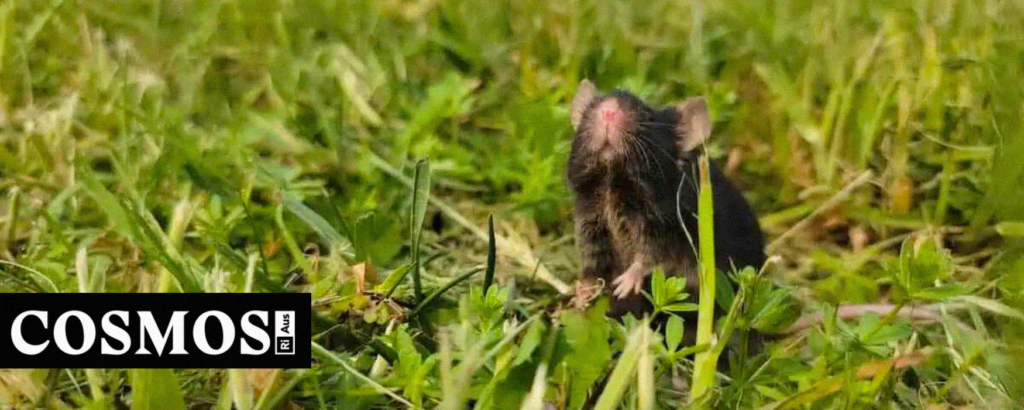
How Do Lab Mice Behave, If You Let Them Be Mice?
Petra Stock, 2/22/24
“While billions of global research dollars are spent studying lab mice as ‘models,’ a Cornell University study is the first to shed light on their social behaviour as ‘mice’ beyond the constraints of their shoebox-sized enclosures.”
“The behaviour of lab mice in this natural, more expansive setting was totally unexpected. In some cases it was fundamentally at odds with what happens in the lab, and the interactions of wild mice.”
“The findings . . . likely have global significance for biomedical research involving lab mice . . . Scientists all over the world are using the mice as models, without knowing if their behaviours are normal for the animals, or a product of their environment.”
“The study is an important reminder that a lab mouse is more than a ‘model’; it’s an organism in its own right. And the unnatural limits of the lab constrain their behaviour.” 📰 Full Story →